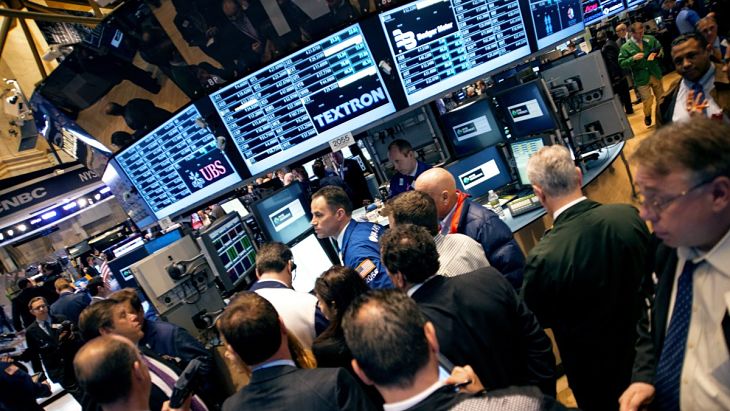Last week closed the books on November, and what a month it was!
The most widely used index for the investment community, the S&P 500, rose 3.4 percent during the month, while the industrial and financial heavy Dow Jones Industrial Average rose 5.4 percent. Both were overshadowed by the 11 percent move by the small cap heavy Russell 2000. Even after the market declines toward the end of last week, those major market indices were still up substantially over the last 5 weeks.
Part of that market move was the post-election rally — referred to as everything from the Trump Bump to the Trump Trade to the Trump Rally — which has led to a market rotation favoring sectors of the economy that are expected to prosper under President-elect Trump should we see the promised tax cuts, reduced regulations, infrastructure spending and investment the US military. We’re talking about financials, construction, materials and defense-related companies.
In our view, the market’s recent surge, while welcome, is likely outpacing near-term economic reality. During the first two months of the fourth quarter, Fact Set found analysts lowered earnings estimates for companies in the S&P 500 for the current quarter to $30.91 from $31.55. That means earnings growth expectations are not only 2 percent softer than before but on a quarter over quarter basis it equates to an earnings decline from the $31.36 in EPS generated by the S&P 500 during the September quarter.
Not only is GDP in the current quarter expected to drop to 2.1-2.3 percent from 3Q 2016’s 3.2 percent, but the current view on GDP in 2017 sits around 2.2 percent with the first half of next year coming in a tad shy of that level. Odds are the vast majority of the initial bout of Trumponomics won’t be felt until the second half of 2017.
The bottom line is November was a barn burner for stocks, so much so that it left several market indices in overbought territory, leading to a rebound in the Volatility index, better known as the VIX. The next move in the market is likely to be sideways, but we could see it give back some of its recent gains as investors, analysts and economists puzzle through the potential impact of President-elect Trump’s policies and economic initiatives vs. when they will have a stimulative effect on the economy. Additionally, a “no” vote for the Italian referendum — which we cover in detail further down — could be the catalyst that takes some of the current forth out of the stock market.
Historically, the forward-looking market has a habit of getting ahead of itself, which means eventually market expectations and economic reality will converge. As that happens, odds are we’ll get better stock prices than we have today, but with the underlying companies facing more favorable growth prospects over the medium term should President-elect Trump’s policies have the expected impact in 2017 and beyond.
